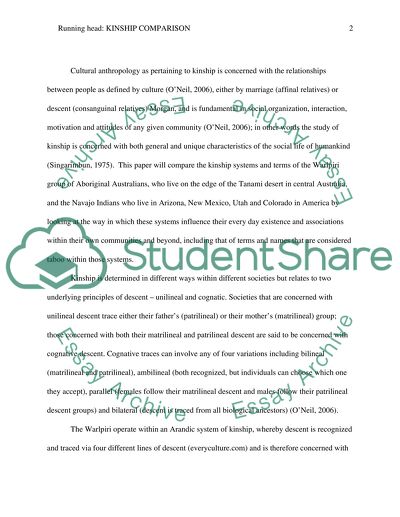Cite this document
(“Culture Comparison Essay Example | Topics and Well Written Essays - 2000 words”, n.d.)
Retrieved from https://studentshare.org/environmental-studies/1411100-culture-comparison
Retrieved from https://studentshare.org/environmental-studies/1411100-culture-comparison
(Culture Comparison Essay Example | Topics and Well Written Essays - 2000 Words)
https://studentshare.org/environmental-studies/1411100-culture-comparison.
https://studentshare.org/environmental-studies/1411100-culture-comparison.
“Culture Comparison Essay Example | Topics and Well Written Essays - 2000 Words”, n.d. https://studentshare.org/environmental-studies/1411100-culture-comparison.


